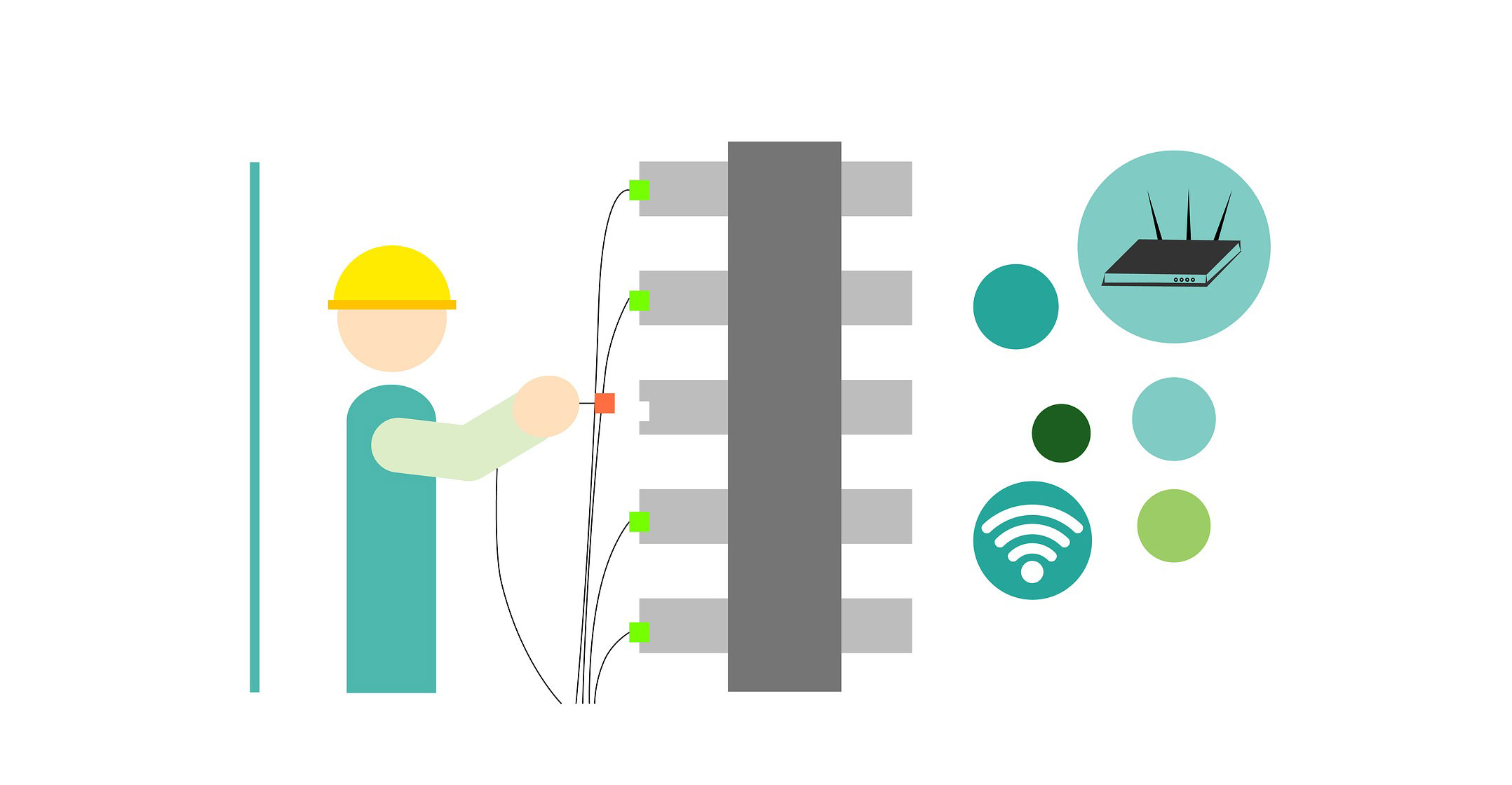 Telkom’s copper-based digital subscriber line (DSL) network is living on borrowed time.
Telkom’s copper-based digital subscriber line (DSL) network is living on borrowed time.
The telecommunications operator said on Wednesday that it has terminated copper fixed-line services for prepaid customers with effect from 31 July after it successfully ported 96% of these clients to wireless prepaid alternatives.
But that’s only the start. The company is working hard to kill off its copper last-mile network in the coming years, and that inevitably means the death of DSL, a legacy technology designed to offer a broadband service over the plain old telephone network, or Pots.
No one should shed a tear over DSL’s demise.
It won’t happen overnight, of course — Telkom still has hundreds of thousands of DSL users on its books and moving them to new technologies (mainly fibre and 4G/LTE) will take some time. But it’s the right move: copper is yesterday’s technology, it’s expensive to maintain, it’s affected by the weather (especially thunderstorms) and criminals are stealing the stuff faster than Telkom can replace it.
Competition in fixed-line services is also playing a role. In a few short years, Vumatel — founded by two pioneering businessmen, Niel Schoeman and Johan Pretorius — has shown that there’s money to be made connecting homes to much faster and more reliable fibre-optic services.
Vumatel kick-started a land grab as a dozen or more fibre-to-the-home (FTTH) upstarts emerged to challenge Telkom’s monopoly stranglehold over fixed-line infrastructure. This investment has transformed the way South Africans — at least in the well-to-do parts of the country’s major cities — experience the Internet, and allowed small, Internet-based businesses to emerge and thrive.
Late to the game
Telkom was late to the game, but in recent years, through its infrastructure division Openserve, it has invested billions of rand rolling out its own FTTH network. Many areas are still unserved by fibre, but increased interest by companies such as Vumatel, Frogfoot and most recently MTN’s Supersonic in deploying networks in townships suggests the demand is there. New business models are being tested to roll out infrastructure profitably in these areas. Ultimately, the FTTH footprint could eclipse DSL’s peak of about a million connections.
It’s unlikely Telkom, through Openserve, would have rolled out fibre as quickly it has if it the fibre upstarts hadn’t been allowed to emerge to challenge it. If it hadn’t responded, would not be facing an existential threat.
There were several factors that contributed to the rapid roll-out and adoption of FTTH in South Africa. One was the construction of several new undersea cable systems, breaking Telkom’s monopoly over international bandwidth, starting with Seacom in 2009. The second was Dark Fibre Africa, which blanketed the major cities with the fibre backhaul necessary to connect suburbs to the wider Internet and provide the national backhaul to connect to data centres and the submarine cables. And the third was the construction by Teraco of operator-neutral data centres, where Internet service providers could peer with one another and where content providers could put down servers to provide streaming video, cloud applications and other services to South African consumers at relatively low cost.

The transformation of the Internet landscape has been profound. Consumers can now get uncapped 1Gbit/s access at home at less than R1 500/month — the sort of speeds businesses previously forked out tens if not hundreds of thousands of rand a month for (if they could get them at all).
Of course, many consumers are still frustrated by the fact that FTTH infrastructure hasn’t reached them yet. Some still have no choice but to use legacy copper technology from Telkom. And not everyone will be willing to give up DSL, which is often offered on an uncapped basis, for an LTE service where uncapped is typically not available (though not unheard of) and where network speeds are heavily affected by the number of people connected to a base station.
Still, one cannot begrudge Telkom for wanting to terminate its copper network. As fibre roll-out continues apace, it’s not inconceivable that such connections will have greatly outnumbered DSL lines in a few years’ time. And with 5G fixed-wireless services likely to be launched in South Africa as early as next year, offering speeds and reliability more akin to FTTH, it’s fair to predict that DSL will be consigned to the scrapheap sooner rather than later. — (c) 2019 NewsCentral Media
- Duncan McLeod is editor of TechCentral




